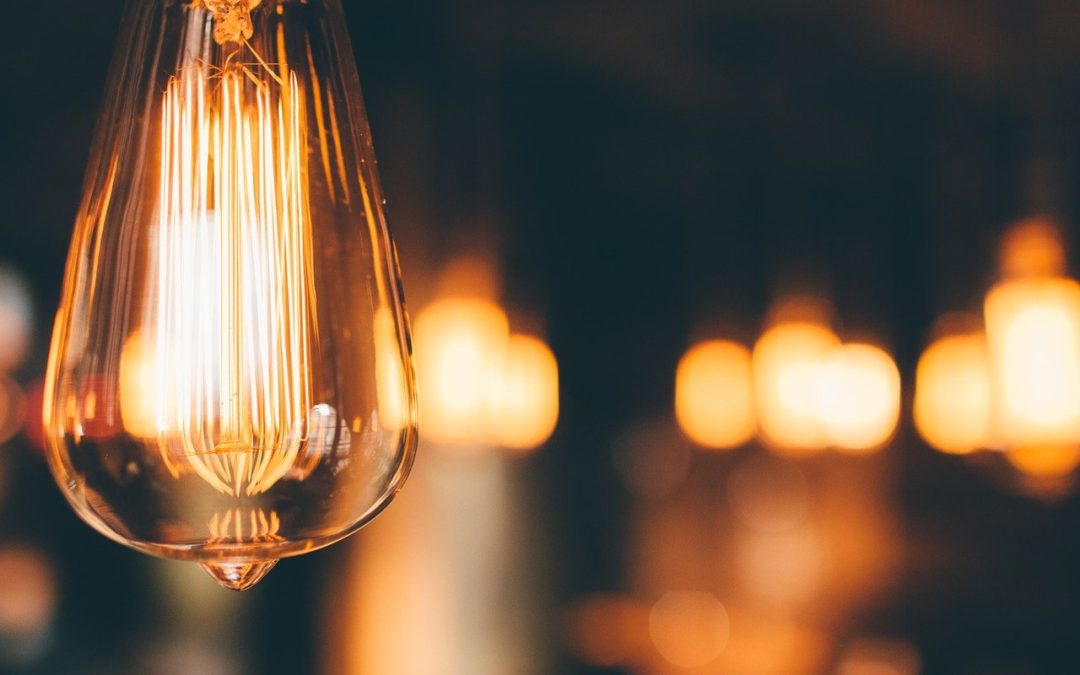From the earliest times, humans have been aware of how light affects many aspects of living. Research has shown that light has profound influence on human alertness, cognitive functioning, mood, sleep, well-being, and vision. From the fires of early cavemen to candles, gaslight, and electric, human invention has brought light to the human experience.
With the advent of modern technology, this understanding of the significance of light can be used to create environments with desired characteristics. While the 20th Century was the century of the electric light in the home, the 21st Century is the era of managing light for desired effects in the home.
The power of wi-fi provides the centralized command for programming instructions to lighting devicesthroughout the home and outdoor areas. Bulb manufacturers have provided devices which offer new options. In general, bulbs can be “dimmable,” which means the temperature of the light cannot be changed, but the brightness can be adjusted. Some bulbs are constructed to be “tunable,” where both the brightness and temperature of the light can be adjusted. Finally, a new breed of lights have been created which are “multicolor,” where brightness, color and temperature can be set. The structure of lighting has also evolved from simple bulbs to LED light strips, or lighting panels which can be placed on another surface.
The power of these devices lies in the ability to control them in order to achieve desired effects. Controls fall into three groups: switches, sensors and programmable home controllers.
Switches allow for individual control on a room by room, or device by device basis. They can be variable to offer adjustable control, or simple on-off toggle.
Sensors are valuable for their ability to function based on external conditions such as hall lights turning on when someone enters, or walkway exterior lights greeting a visitor. Other sensors can adjust to external light.
Central home management systems – usually controlled by wi-fi, allow the programming of multiple devices throughout the home and grounds. The full power of “smart home technology” comes to fruition with a home system. Entire lighting scenarios can be created. The entire lighting of the home
and each device can be programmed to brighten during the day and dim as evening comes, then darken completely at bedtime. Lights can be set to flicker like candles or all turn on when an intruder is detected. Vacation lighting can mimic your daily pattern to dissuade burglars. Blocks of lights can be controlled to turn off rooms or sections, indoor or outdoor lights.
Major players in this area of home technology are:
Philips Hue – The Hue product line consists of bulbs, dimmer switches and motion sensors for triggering lights with motion sensors, and weatherproof lights designed for outdoor use. Philips Hue lights can also be controlled by voice commands to Alexa, Google Assistant and Siri.
Sengled is a line of smart lights — some with additional features like security cameras and motion sensors that are affordable with an excellent control system.
C by GE – The C by GE range includes smart switches to dim your lights, power them on or off, and switch between preset lighting scenes. C by GE bulbs have a feature where they constantly adjust through the day to support your sleep/wake cycle and circadian rhythm, where they brighten during the morning then dim and soften in the evening.
Ikea Tradfri – Ikea also sells color bulbs for this platform. Bulbs can be added to an existing system if you want to expand yours on a budget. Tradfri bulbs can be controlled by the Ikea app for iPhone and Android, or via Alexa, Google Assistant, and Apple HomeKit. Ikea allows you to group bulbs together into rooms within the app, to turn a whole room on or off at once.
With today’s smart devices and sophisticated communication systems you can set the mood for your life, lighten your days, and soothe your nights with exactly the right light.



Recent Comments